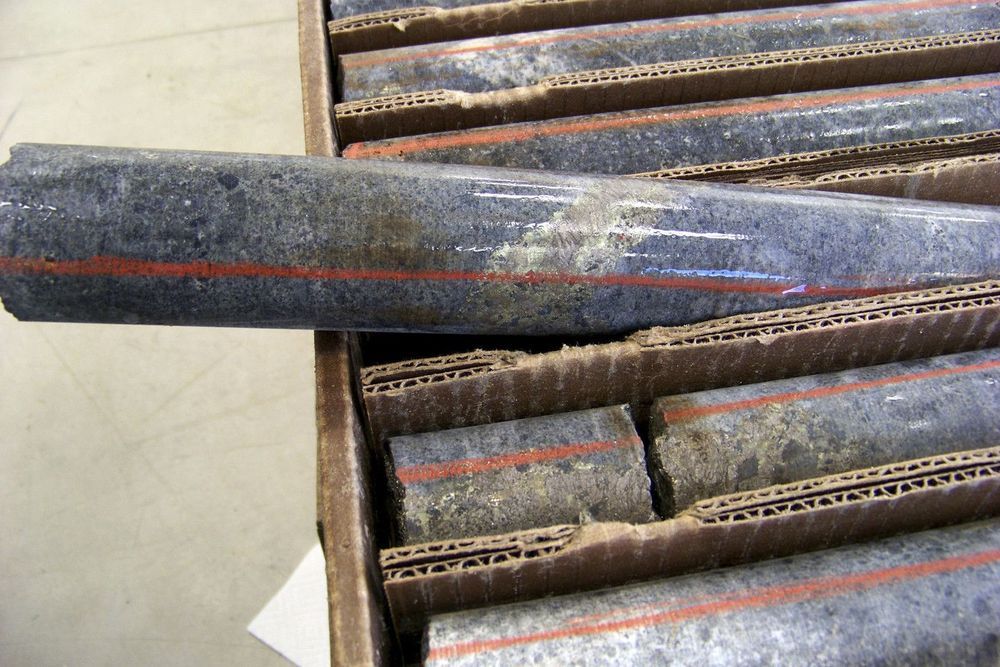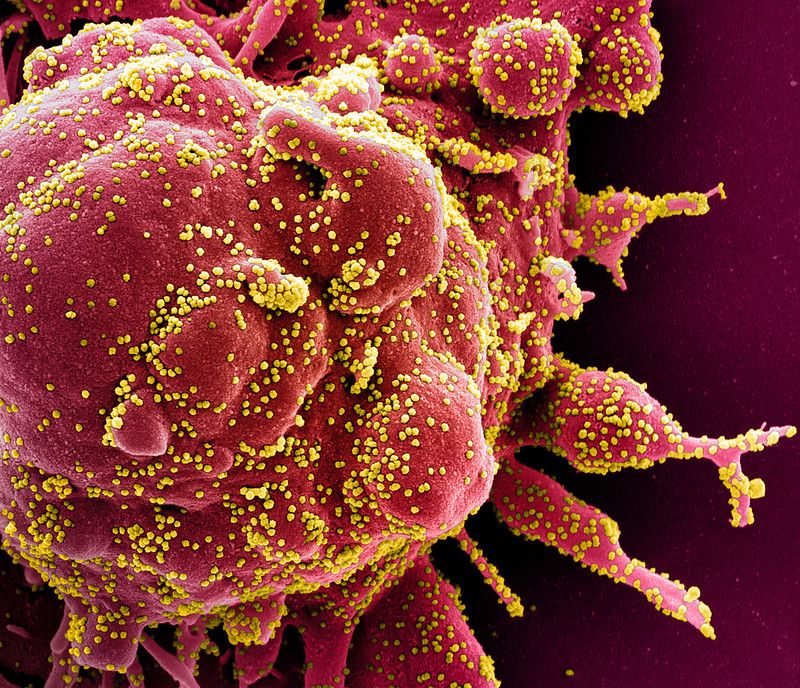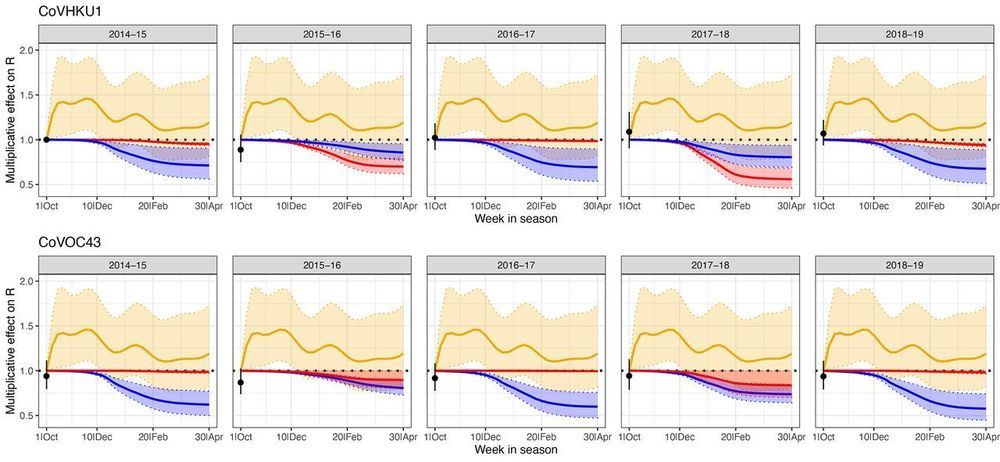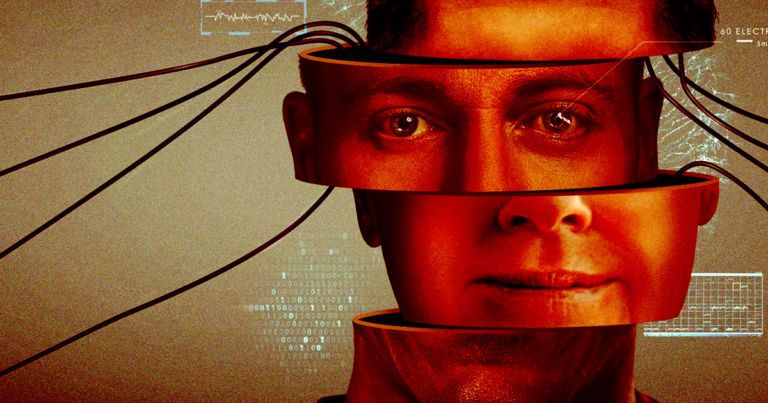Apr 16, 2020
The Electron goes reusable.
Posted by Bill D’Zio in categories: disruptive technology, innovation, space

No, it’s not a high budget Mission Impossible action movie, but it could have been. Tom Cruise wasn’t piloting a helicopter that grabbed a rocket falling back to the Earth. Instead, a crew wearing black Rocket Lab t-shirts with the words “recovery team” written on the back took the skies in helicopters to grab a falling rocket. Since it wasn’t Tom Cruise, the video of the team grabbing a rocket midflight ranked higher on the awesome scale.
Daring capture of Booster
A few weeks ago, Rocket Lab took a major step forward to recover boosters. In a recent release to media, Rocket Lab shared videos successfully grabbing a parachute & test booster out of the sky using a helicopter. On the first try, the helicopter grabbed the first stage test article with a grappling hook.
There are intrinsic risks with helicopters. Recently SpaceX lost a test article when it became necessary to prematurely drop a Crew Dragon test article. However, Rocket Lab did better in the Electron parachute tests. The success marks another step closer for the company in recovering the boosters it uses to launch small payloads into low earth orbit.
















